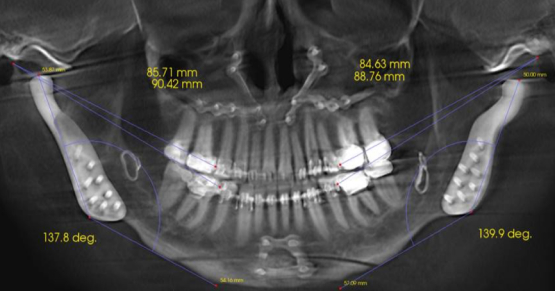Your Interviews Are Biased: Here’s How to Fix That Problem
In my last article, I outlined one of the common human errors that occur when making hiring decisions — the halo/horn effect. This concept refers to a series of unconscious biases that lead us to make suboptimal decisions when hiring new employees.
The most effective way to combat this is to create a structured interview process that ensures each candidate is evaluated through the same set of criteria. Doing this enables you to objectively rate each candidate against an absolute standard, rather than ranking them against one another.
By structured, I am referring to the sequence of the interviews. In my experience, it is best to think through each step of the process ahead of time and map out the goals you hope to achieve by learning about each candidate. By having a game plan going into each interaction, you will be more focused, and the interview will be a more productive use of your time. It is my recommendation to keep the process to four steps or fewer and to compress the time frame of interviews to no more than two weeks to ensure you don’t lose candidates along the way. Remember, bad candidates will always be there — but good ones will not be on the job market long.
Let’s say you’re looking for a new dental assistant. Here is a suggested interview sequence:
Resume screen.
After you place the ad, it’s best to wait a few days before sorting through the resumes you have received. Divide the resumes into three categories: “yes”, “maybe”, and “no.” By waiting to review resumes in batches, you will be less likely to fall in love with the first one that comes in and overlook resumes that arrive later. The goal of the resume screen is to uncover a basic set of skills and determine if the candidate is worthy of an interview. This step should cast your widest net and eliminate grossly unqualified candidates.
Phone screen.
This part of the process should take a maximum of 20 minutes and allows you to set the quality bar for candidates, helping you eliminate any unqualified tiers. I would recommend that you ask each candidate the same set of questions and take notes to refer to later. Your memory is not as good as you think it is, and the chance of you remembering the details after talking to ten people is slim to none. Your main goal in this step is to begin digging into their technical skills, certifications, and procedures they have assisted with. At the same time, you should be able to gain your first insight into how they operate in the workplace by asking them to explain why they left each position. This is also your chance to sell the benefits of joining your practice. What makes you better? Why would someone want to work there? Remember, the best candidates will have options, and you need to convince them that you are the best place for their talents.
In-person interview.
This step is optional if you don’t want to provide additional information after the phone screen. If you decide to proceed with this step, I recommend consulting with another member of your staff to obtain a second opinion. Research shows that panel interviews produce better results than single-person interviews. This can be very important for assessing a good fit for your practice. Your goal in this step is to narrow down the candidates to the two finalists, based on fit and technical background, to bring in for a working interview. This interview should have more in-depth questions and provide more detail on their technical skills. If you have a CEREC® practice, you should have asked if they had experience assisting in a practice that uses technology during the phone screen. In this part of the hiring process, you want to know more details about that experience. Now, you want to know if they have experience with Omnicam, what role they personally played in running the software, and other questions that would give you an idea of their experience level in using the system. Again, it is essential to follow the best practices listed above, including using the same questions for each applicant and taking extensive notes.
Working interview.
For technical positions, such as hygiene or assisting, a working interview is a great way to assess whether the candidate truly understands their role and how they interact with everyone in the practice. Be sure to pick a day that has a variety of procedures so you can get a complete picture of their skill set.
When it comes to a working interview, ensure that you compensate the person for their time.
SPEAR NAVIGATOR
Transform how your practice runs by engaging the team through
coaching and training
A guided path to excellence through structured coaching and self-guided resources that will align your team, streamline processes and drive growth. Transform your practice by implementing Spear’s proven playbooks for developing and retaining a high-performing dental team.

By: Adam McWethy
Date: June 17, 2014
Featured Digest articles
Insights and advice from Spear Faculty and industry experts



